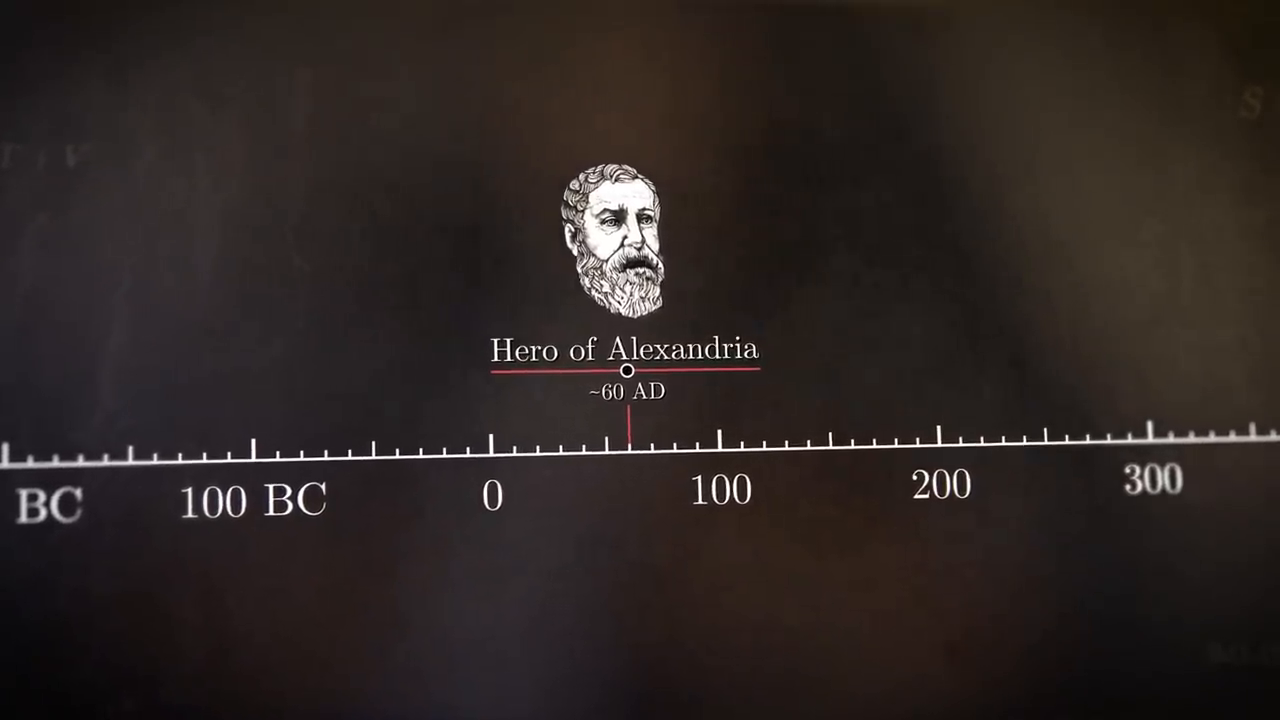The Principle of Least Action: The Single Rule that Underpins All of Physics
Have you ever wondered if there's a single principle that underlies all of physics? From classical mechanics to electromagnetism, and from quantum theory to general relativity, is there a unifying thread that binds them all together? The answer lies in the Principle of Least Action, a concept that has far-reaching implications for our understanding of the universe.
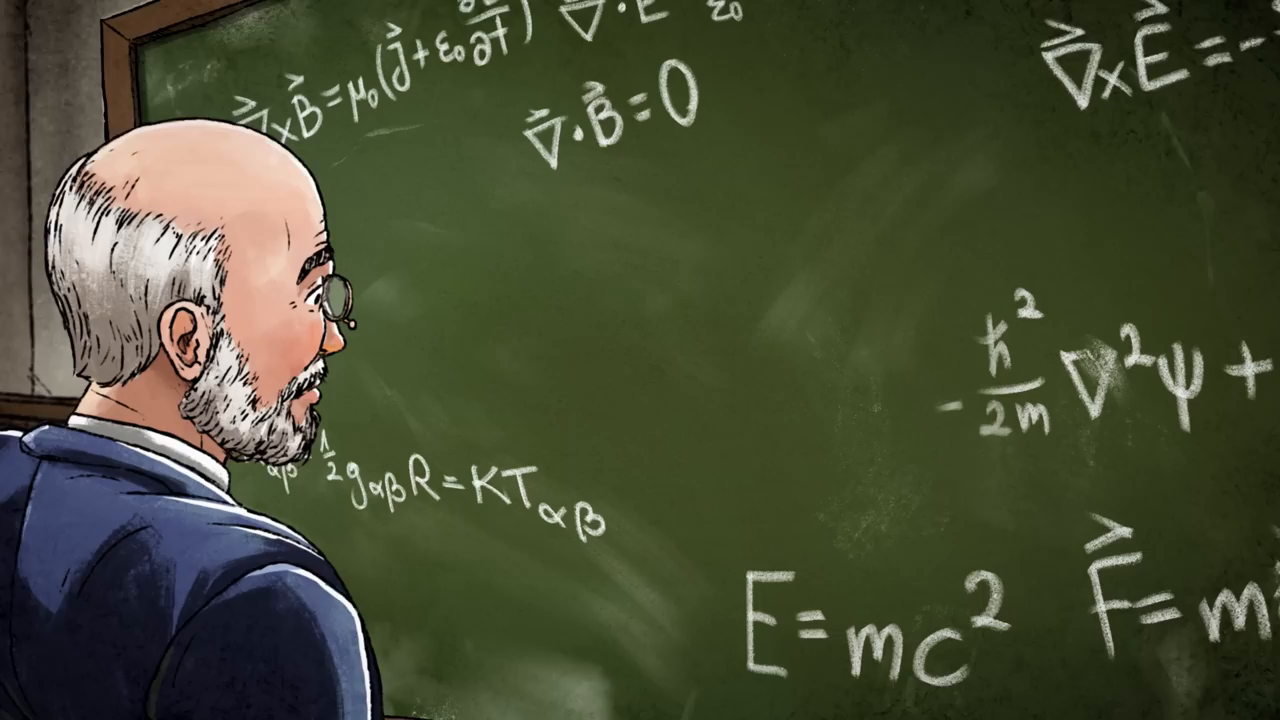 The Principle of Least Action is a game-changer
The Principle of Least Action is a game-changer
In this article, we'll delve into the fascinating history of the Principle of Least Action, and explore how it has revolutionized our understanding of the universe.
The Problem of Fastest Descent
The story begins with a simple problem: if you want to slide a mass from point A to point B, what shape of ramp will get it there the fastest? This is known as the problem of fastest descent, and it may seem like a trivial matter, but its implications are far-reaching.
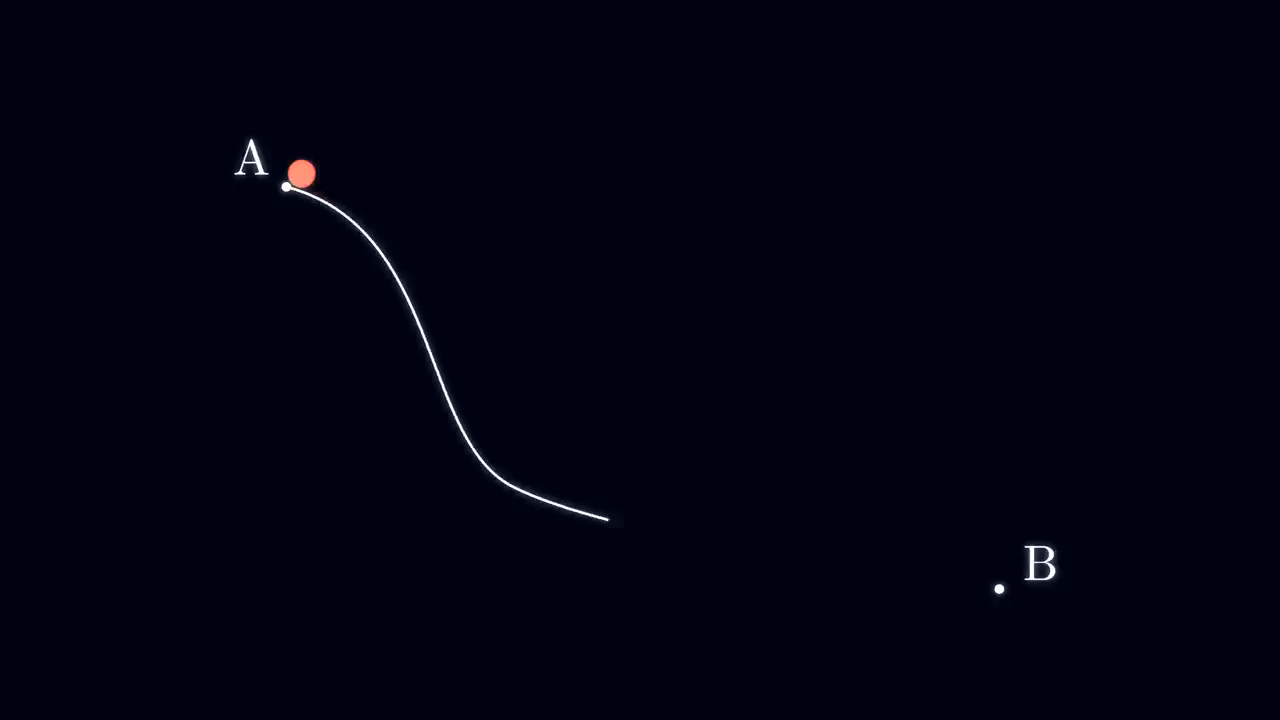 Fermat's principle comes into play
Fermat's principle comes into play
Fermat's Principle
In the 17th century, Pierre de Fermat proposed a principle that would change the course of physics forever. He suggested that the path taken by a light ray between two points is always the path that minimizes the time taken. This idea, known as Fermat's principle, laid the groundwork for the Principle of Least Action.
Bernoulli's Solution
Later, Jakob Bernoulli, a Swiss mathematician, proposed a solution to the problem of fastest descent. He showed that the shape of the ramp that minimizes the time taken is a cycloid, a curve that is still widely used today in the design of roller coasters and other devices.
Maupertuis' Principle
In the 18th century, Pierre-Louis Moreau de Maupertuis, a French mathematician and astronomer, took Fermat's principle to the next level. He proposed that the action, a quantity that is proportional to the integral of the Lagrangian over time, is minimized in all physical processes.
Attack and Ridicule
Maupertuis' principle was not without its detractors. He was attacked and ridiculed by his contemporaries, who saw his idea as a threat to the established order of physics. But Maupertuis persevered, and his principle eventually gained widespread acceptance.
 Maupertuis stands firm in the face of criticism
Maupertuis stands firm in the face of criticism
Euler and Lagrange to the Rescue
The work of Leonhard Euler and Joseph-Louis Lagrange, two of the most influential mathematicians of the 18th century, helped to further develop the Principle of Least Action. They showed that the principle could be used to derive the laws of motion, and that it was a fundamental principle of physics.
The General Approach
The Principle of Least Action has far-reaching implications for our understanding of the universe. It provides a framework for understanding the behavior of complex systems, from the motion of particles to the behavior of black holes.
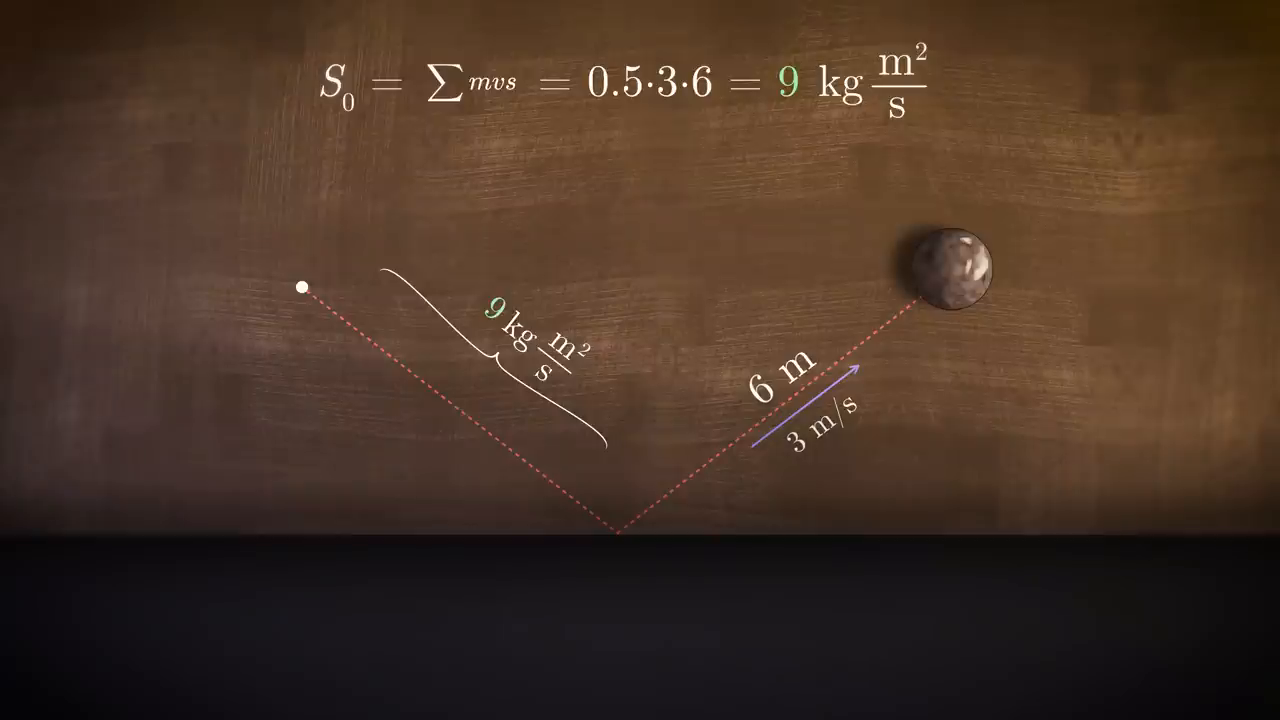 The Principle of Least Action is a unifying thread
The Principle of Least Action is a unifying thread
Why the Principle Works
The Principle of Least Action works because it is based on the fundamental laws of physics. It provides a way of understanding the behavior of systems in terms of their energy and momentum, and it has been experimentally verified countless times.
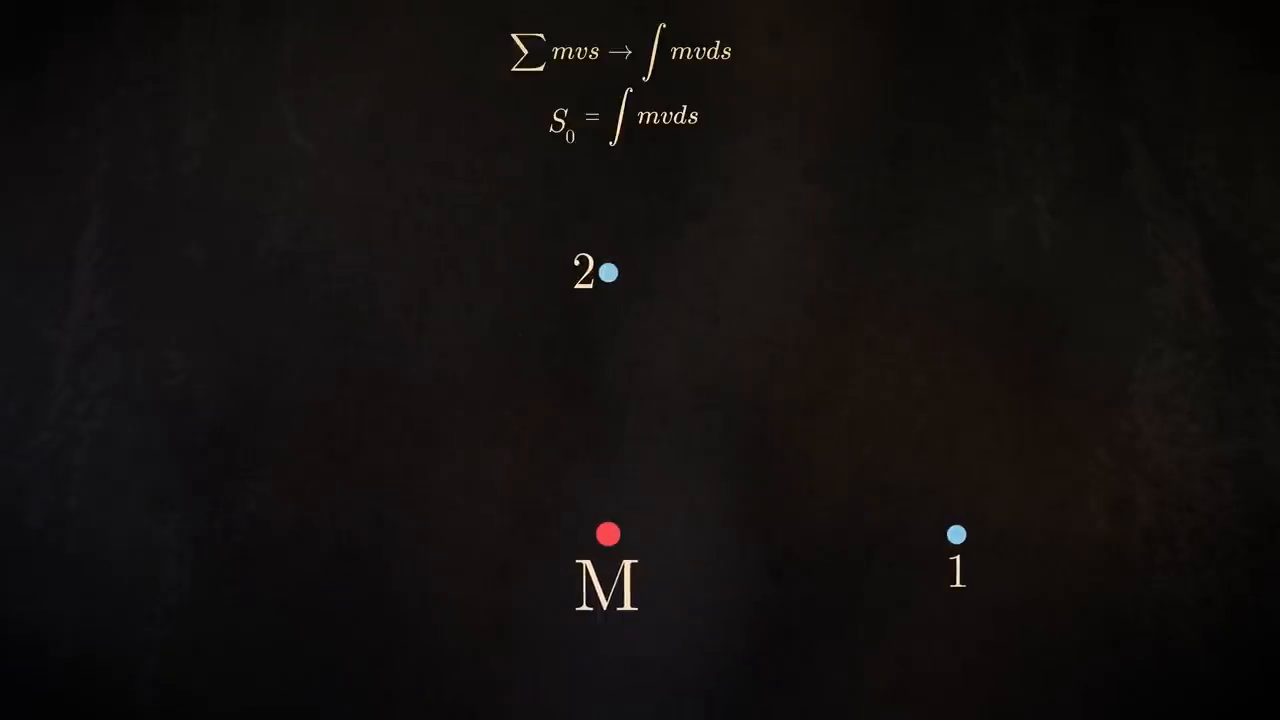 The Principle of Least Action is rooted in experiment
The Principle of Least Action is rooted in experiment
Another Way to Do Mechanics
The Principle of Least Action provides an alternative way of doing mechanics, one that is based on the minimization of action rather than the calculation of forces. This approach has been widely adopted in fields such as quantum mechanics and relativity.
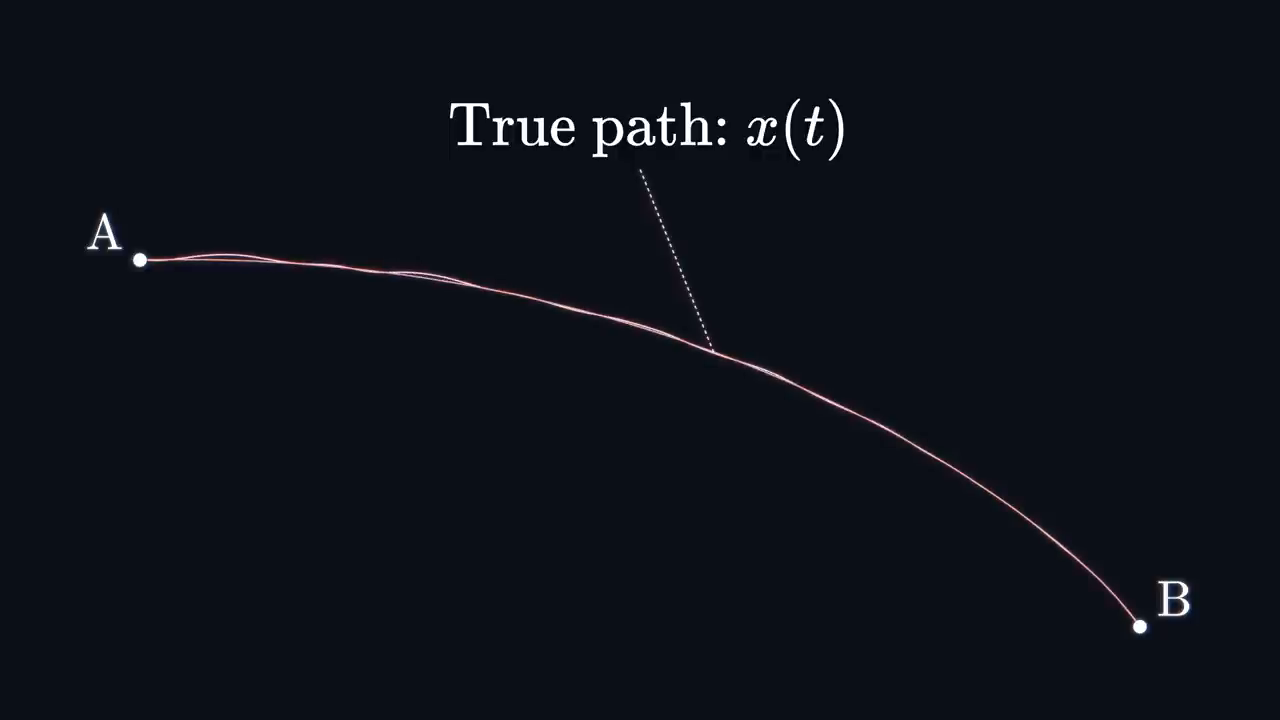 The Principle of Least Action is a powerful tool
The Principle of Least Action is a powerful tool
Conclusion
In conclusion, the Principle of Least Action is a fundamental principle of physics that underlies all of our understanding of the universe. From the motion of particles to the behavior of black holes, it provides a framework for understanding the behavior of complex systems.
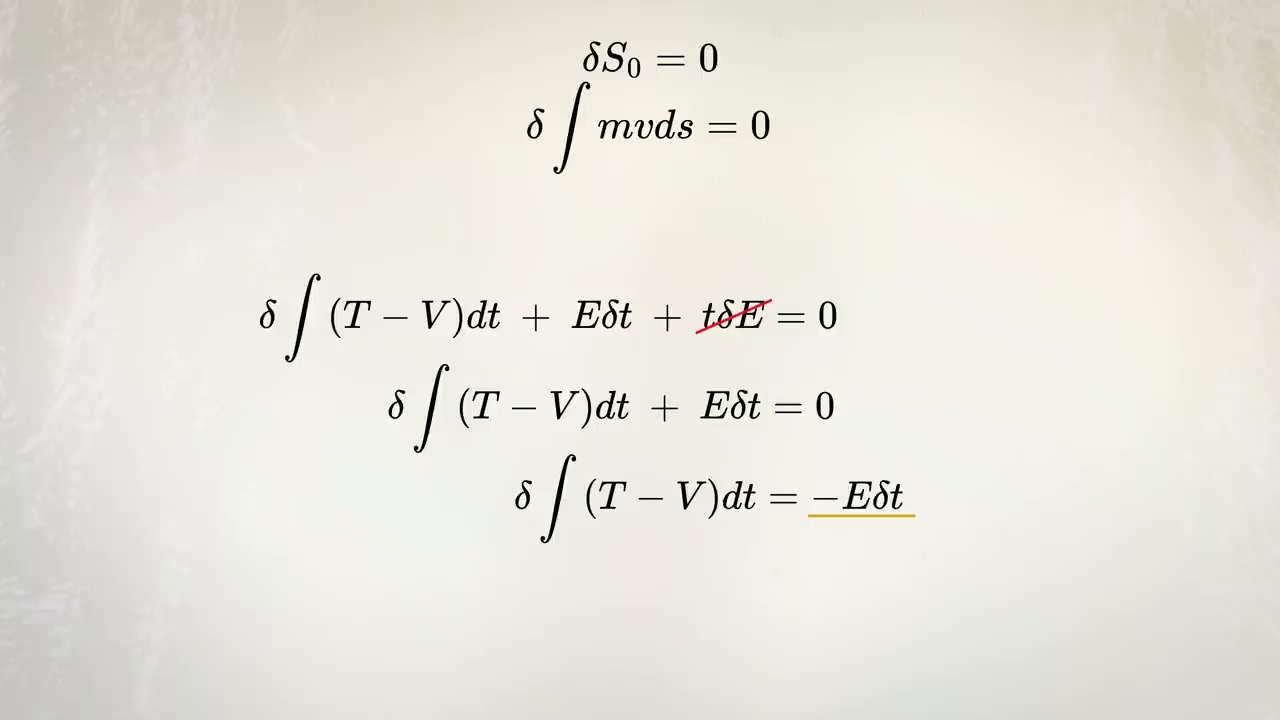 The Principle of Least Action is a game-changer
The Principle of Least Action is a game-changer
We hope this article has provided a fascinating insight into the history and significance of the Principle of Least Action. Whether you're a physicist, a philosopher, or simply someone interested in the workings of

